There was plenty to learn at this year’s Inspired Fundraising Retreat hosted by Get Fully Funded.

Another said we had changed her life in just 1 day!
We helped people define their big dream, get ideas for telling their story, and about 100 other things.
Here are 21 Big Ahas that folks got from the event.
1. The greatest source of untapped potential is individual donors. Know how many you need. Know what the average gift size is from your donors. Put your focus on taking care of your donors and they will take care of you.
2. Understand that not everyone will give to you. And that’s okay. Define your Ideal Donor and go look for THOSE people in the community. Don’t try to find “rich” people. Don’t try to appeal to everyone.
3. When looking for new donors, start with people who are already close to your organization. Ask volunteers to give. Ask program participants to give. Ask vendors, event participants, past Board members, and Facebook followers to give. If you decide not to ask them because they’re already giving in other ways, you’re taking the decision away from them, which isn’t very nice.
4. Follow the 3:1 ratio so you don’t over-ask.How often can you ask for money? As often as you want AS LONG AS in between the asks you have 3 really good, warm communications that give the donor a “touch the pearls” moment where they say “Oh, I just LOVE that organization! They do such good work!” The feel-good stuff will balance out the asks.
5. Plan out donor nurture activities. Don’t try to wing it when loving on your donors. Plan it out so you can make sure you’re feeding the goose that lays the golden egg.
6. Your newsletter is your most underutilized donor relations tool.Most nonprofit newsletters are crap. They’re boring and self-centered. When writing a newsletter, pause long enough to think about what your donor wants, not what’s easy for you to write. Make sure your newsletter meets your donor’s needs and she’ll keep giving.
7. Nail your messaging. Have something ready to share that tells who your nonprofit helps and how you change their life. Engaging messaging is the best way to hook someone’s interest.
8. Use the words “so that” to change outcomes to impact. It’s easy to measure the number of hours you tutor kids in your after school program, but that’s not the ultimate goal of your mission. Your mission is to change kids’ lives. So, say “Last month, we provided 150 hours of after-school tutoring so that kids get the help they need to do better in school and have greater earning potential as an adult.”
9. Fundraising is easier when you clearly define the need your nonprofit meets. Be ready to talk about why it matters that your nonprofit does what it does and what would happen if you weren’t here. How many are you helping? How many still need help? What would it cost you to close that gap?
10. Know your unit of service and what it costs to deliver that unit. We call it a Core Number and it makes asking so much easier. Imagine the difference between asking a prospect to give $25 to support your goal and asking for $6.20 to provide a day’s worth of care to a homeless animal. Big difference.
11. Monthly donors are the fastest path to sustainability. People who give monthly are more committed, stay with you longer, and are more likely to leave you in their will versus people who give occasionally. Give your audience plenty of opportunities to sign up for your monthly giving program.
12. Not everyone is a donor. Before you approach Mr. Rich Moneybags in your community to write you a big check, make sure you have a Link to him, he’s Interested in what your nonprofit does, and he as the Ability to give. This simple LIA exercise can keep you from wasting time on those who won’t donate.
13. Model successful nonprofits. Find a nonprofit that does the same thing as you (or something similar) and watch how they’re raising money. You can probably learn a few things that you can use in your fundraising.
14. Mindset is 90% of your success in fundraising. If you think you can do it, you will. If you don’t, you won’t. What you believe becomes your reality.
15. Thanking donors well completes the giving cycle and sets up the next gift. If you thank donors with a boring letter, you’re sending the message that you don’t really care about their experience. Knock their socks off with a warm, sincere, prompt thank-you.
16. Video is HOT! Whether you’re asking for money, thanking a donor, or providing an update, video is a fantastic way to do it. And it doesn’t have to be professionally done or super polished – use your smart phone to shoot video from the heart or to show a “behind the scenes” look at your nonprofit.
17. Thank-you letters need to be updated monthly. Don’t send the same letter month after month. Change it up so it’s fresh each month.
18. Monthly donors need to be thanked differently. Don’t send a letter each month to your monthly donors. Instead, use hand-written notes, phone calls, and video to change it up. The variety will keep them engaged.
19. Use a Donor Acknowledgement Plan to be prepared to thank donors at various levels. Thank your $5,000 donor at a level that matches the gift.
20. Put your fundraising plan in writing. If it’s not in writing, it isn’t real. Set goals for the exact number of dollars to raise, the number of donors to renew, and the number of new donors to acquire. Then make sure your planed activities support those 3 goals.
21. Play to your strengths and get help with the rest. Know your areas of excellence and stay in them. Don’t try to improve on your weaknesses – it’s a waste of time. Instead, delegate, automate, or delete those tasks so you don’t have to do them. They suck your time and energy and keep you from doing what you’re best at.
Search social media for #InspiredGiving18 for more nuggets from attendees from the Inspired Fundraising Retreat.


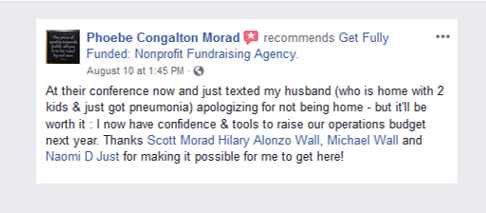



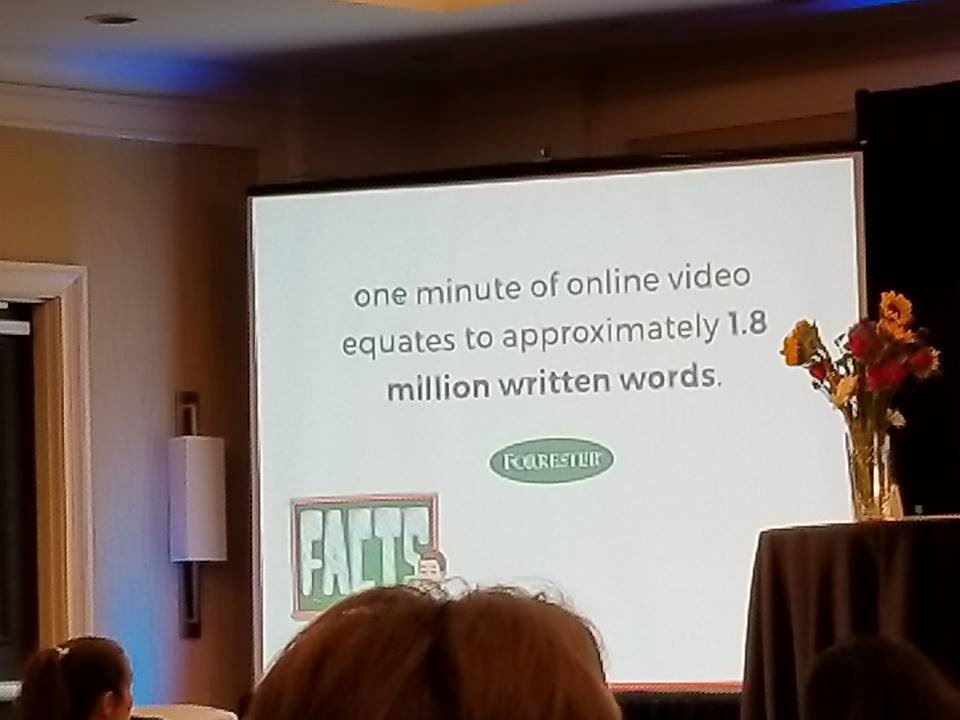
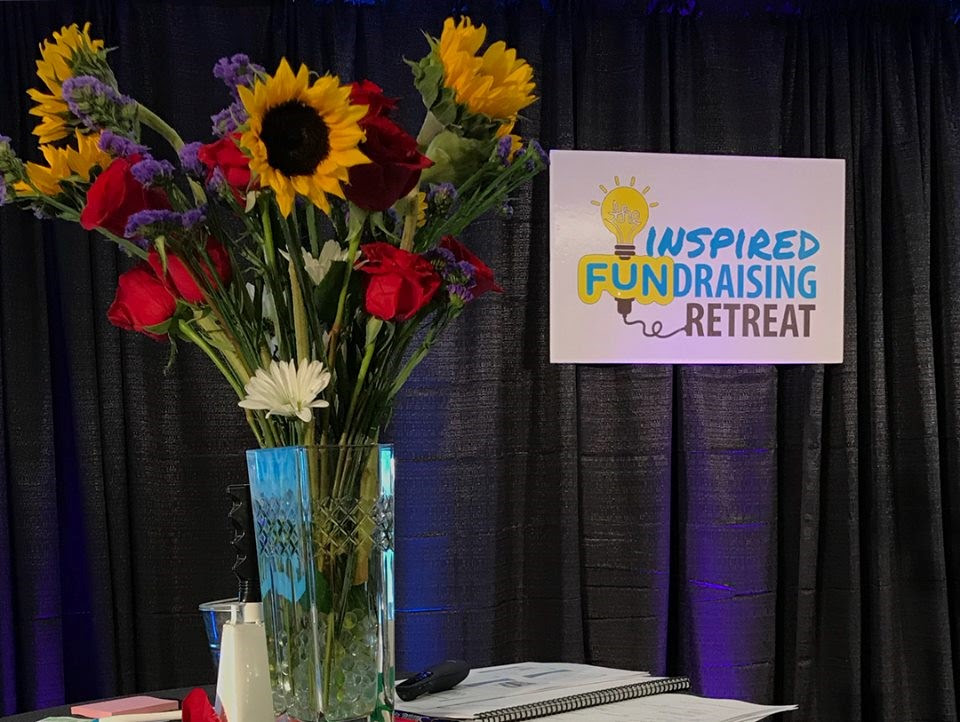
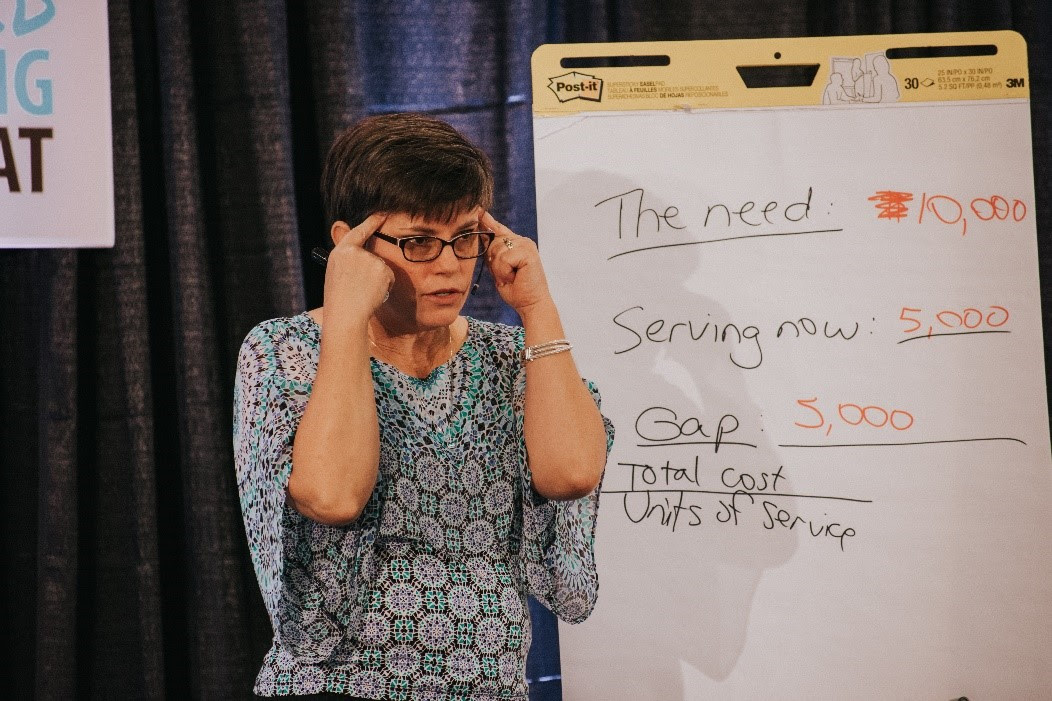
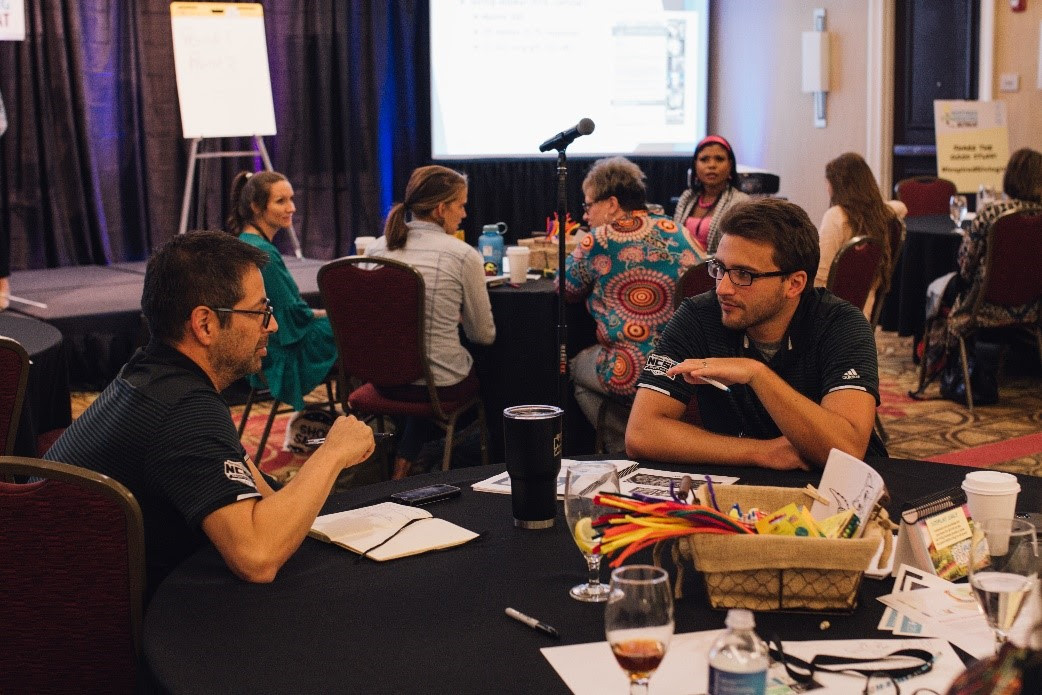
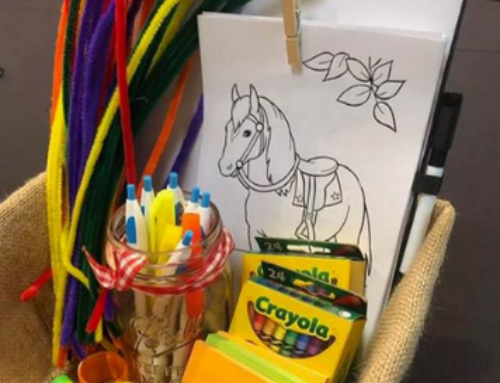

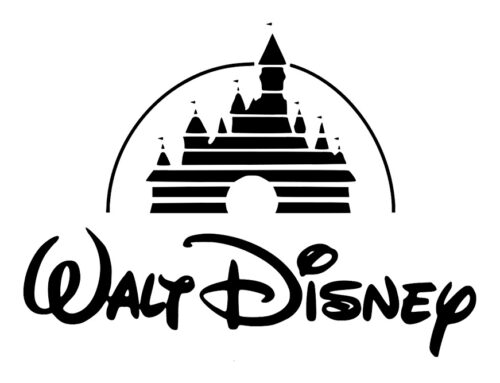
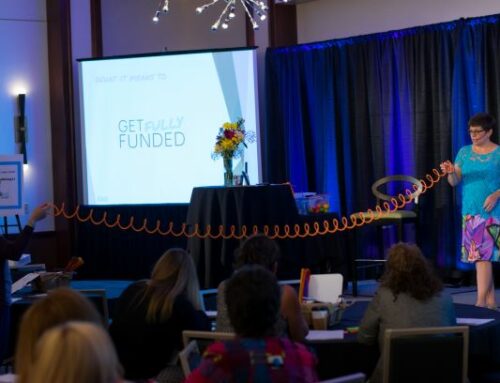

Leave A Comment